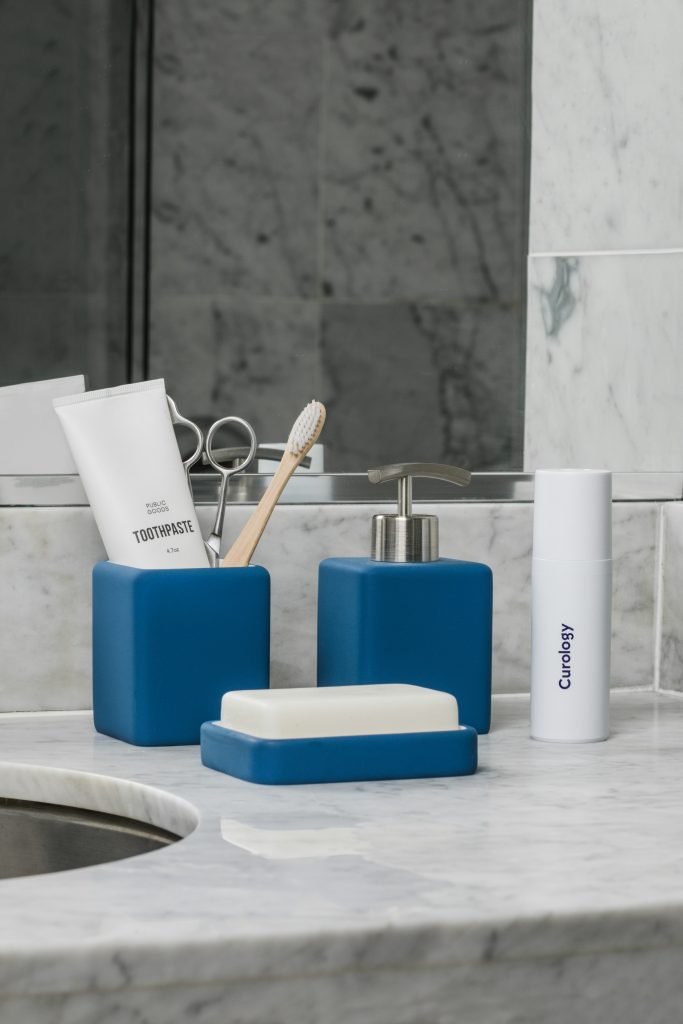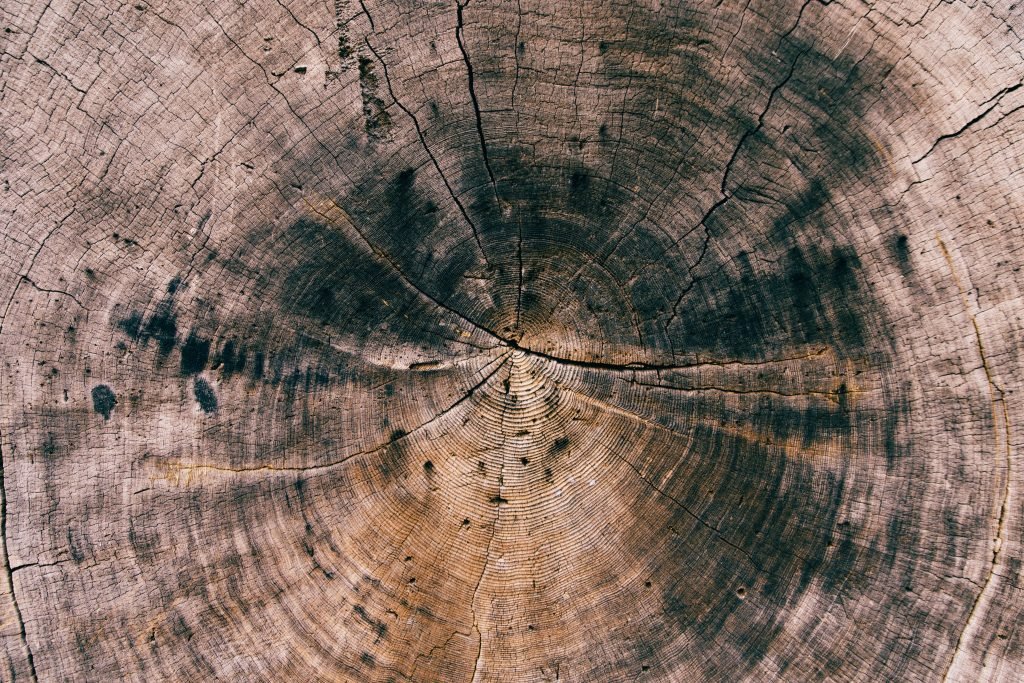Taking care of your beautiful granite countertops doesn’t have to be a daunting task. In “How Do I Properly Clean And Maintain Granite Countertops?” you’ll discover easy and effective tips to keep your granite surfaces looking brand-new. From using the right kind of cleaner to ensuring your countertops are sealed properly, this guide will help you maintain their stunning appearance and durability. Get ready to become a pro at granite care and enjoy the lasting beauty in your home! Have you ever found yourself staring at your granite countertops, wondering how to keep them looking as stunning as the day they were installed? Granite countertops can add a touch of elegance and luxury to your home, but maintaining their luster requires a bit of know-how. Don’t worry, though—it’s easier than you might think! With a few simple steps and some regular care, you can keep your granite looking fabulous for years to come.

This image is property of images.unsplash.com.
What Makes Granite Countertops Special
Granite is a natural stone that is known for its durability and unique beauty. Unlike synthetic surfaces, each granite slab is one-of-a-kind, with variations in color, pattern, and texture. This is why many homeowners choose granite for their kitchens and bathrooms—it adds both aesthetic value and practicality.
The Beauty of Natural Stone
One of the main reasons why granite is so popular is because of its natural beauty. The swirls, specks, and unique patterns can make each countertop a true masterpiece. However, this natural beauty also means that granite requires special care to maintain its appearance.
Why Regular Cleaning Is Important
Granite is a tough and durable material, but it’s not invincible. Regular cleaning is crucial to maintaining its beauty and functionality. Everyday activities such as cooking or using the sink can leave your countertops prone to stains and damage if not properly cared for.
Avoiding Damage
Granite may be tough, but it’s also porous. This means that it can absorb liquids, which can lead to staining if spills aren’t promptly cleaned up. Regular cleaning helps to remove any residues that might lead to damage over time.
Hygiene Matters Too
Let’s not forget the importance of cleanliness for your health! In places like the kitchen where food is prepared, keeping surfaces clean and sanitized is essential to prevent the spread of bacteria and germs.
Daily Cleaning Tips
Taking a few minutes each day to clean your granite countertops can go a long way in maintaining their beauty. Here’s how you can do it:
Gentle Soap and Warm Water
For everyday cleaning, you can’t go wrong with warm water and a gentle dish soap. Simply mix a small amount of dish soap with warm water and use a soft cloth or sponge to wipe down the surface.
Drying the Surface
After cleaning, make sure to dry the surface thoroughly with a soft, dry cloth to prevent water spots and streaks. Water spots can make your granite look dull and less attractive.
Avoiding Harsh Chemicals
Steer clear of harsh chemicals like bleach, ammonia, or acidic cleaners such as vinegar. These can damage the sealant on your granite and make it more prone to staining.
Dealing with Spills and Stains
No matter how careful you are, spills happen. The key is to deal with them promptly to prevent any lasting damage.
Blot, Don’t Wipe
If you spill something on your granite countertop, blot it up right away using a soft cloth or paper towel. Avoid wiping, as this can spread the spill around and make it worse.
Use a pH-Balanced Cleaner
If a simple soap and water solution doesn’t do the trick, use a pH-balanced cleaner specifically designed for natural stone. This will help remove tougher stains without damaging the surface.
Homemade Cleaning Solutions
Sometimes, you might need a stronger solution to tackle tougher stains. Here are a couple of easy-to-make cleaning solutions:
| Type of Stain | Cleaning Solution | Instructions |
|---|---|---|
| Oil-based stains (like grease or cooking oil) | Baking soda and water paste | Apply the paste on the stain, cover with plastic wrap and let sit for a few hours or overnight, then wipe clean. |
| Organic stains (like coffee or juice) | Baking soda and hydrogen peroxide paste | Apply the paste on the stain, cover with plastic wrap and let sit for a few hours or overnight, then wipe clean. |

This image is property of images.unsplash.com.
Sealing Your Granite Countertops
One of the most important steps in maintaining granite countertops is sealing them. Granite is porous, and sealing helps to prevent liquids from penetrating and causing stains.
How Often Should You Seal?
How often you need to seal your granite countertops depends on the type of granite and its usage. Generally, most countertops should be sealed at least once a year. However, some high-traffic areas may require more frequent sealing.
Conducting a Water Test
Not sure if your countertops need sealing? Here’s a quick and easy test you can perform:
- Sprinkle a few drops of water on the surface.
- Wait for about 15 minutes.
- If the water beads up, your countertop is still sealed and protected.
- If the water soaks into the granite and darkens the stone, it’s time to reseal.
How to Seal Your Granite Countertops
Sealing your countertops is easier than you might think. Here’s a step-by-step guide to help you out:
- Clean the Surface: Make sure the countertop is clean and dry.
- Apply the Sealer: Follow the manufacturer’s instructions to apply the sealer. Use a soft cloth or sponge to spread it evenly over the surface.
- Let It Sit: Allow the sealer to sit for the recommended amount of time, usually about 10-15 minutes.
- Wipe Off Excess: Use a clean, dry cloth to wipe off any excess sealer.
- Buff the Surface: Finally, buff the surface with a clean cloth to enhance the shine.
Long-Term Maintenance
Caring for your granite countertops is an ongoing process. Here are some long-term maintenance tips to keep them looking their best:
Avoiding Direct Heat
While granite is heat-resistant, it’s still a good idea to use trivets or hot pads for hot cookware. Extreme heat can cause cracks or discoloration over time.
Cutting Boards are Your Friends
Always use cutting boards when chopping or slicing food. This not only protects your countertops but also keeps your knives from dulling.
Regular Inspections
Take the time to inspect your countertops regularly. Look for any signs of damage or areas that might need resealing. Early detection can prevent more significant issues down the road.

This image is property of images.unsplash.com.
Common Problems and How to Resolve Them
Even with the best care, issues can sometimes arise. Here are some common problems and how you can address them:
Stains
Despite your best efforts, sometimes stains happen. Use a poultice like mentioned earlier to lift the stain from the granite.
Etching
Etching is usually caused by acidic substances that damage the surface. If you notice etching, you can use a granite repair kit to fix small areas of damage.
Chips and Cracks
Small chips and cracks can often be repaired with a granite repair kit. For larger damages, it might be best to call in a professional.
Products to Help You Maintain Granite Countertops
Choosing the right products can make a big difference in maintaining your granite countertops. Here’s a look at some products that can help:
| Product Type | Recommended Usage | Examples |
|---|---|---|
| Daily Cleaner | Use for everyday cleaning to remove surface dirt and grime. | Stone Care International Granite Cleaner, Weiman Granite Cleaner |
| Sealer | Apply annually (or as needed) to protect against stains and damage. | TriNova Granite Sealer, Granite Gold Sealer |
| Polish | Use occasionally to enhance the shine and luster of the surface. | Granite Gold Polish, Weiman Granite Polish |
| Poultice | For removing stubborn stains. | Stone Care International Stain Remover, Tenax Marble Polishing Powder |
Frequently Asked Questions About Granite Countertops
You might still have some lingering questions about your granite countertops. So let’s tackle some of the most frequently asked questions:
Can I use vinegar to clean my granite countertops?
While vinegar is a great natural cleaner, it’s acidic and can damage the sealant on your granite countertops. It’s best to avoid using vinegar on granite.
How do I know if my granite countertop is damaged?
Signs of damage can include staining, etching (dull spots where the surface appears to have been eaten away), and chips or cracks.
Can I place hot pots directly on my granite countertops?
While granite is heat-resistant, it’s still a good idea to use trivets or hot pads to prevent potential damage from extreme heat.
Final Thoughts
Your granite countertops are a significant investment, both in terms of your home’s aesthetic and monetary value. By taking the time to properly clean and maintain them, you can ensure they remain a beautiful and functional part of your home for many years to come. Regular cleaning, prompt attention to spills, and occasional sealing can go a long way in preserving the natural beauty of granite.
Remember, the key to maintaining granite countertops is consistency. A little daily care paired with periodic deeper maintenance will keep your granite looking as stunning as the day it was installed. Happy cleaning!




